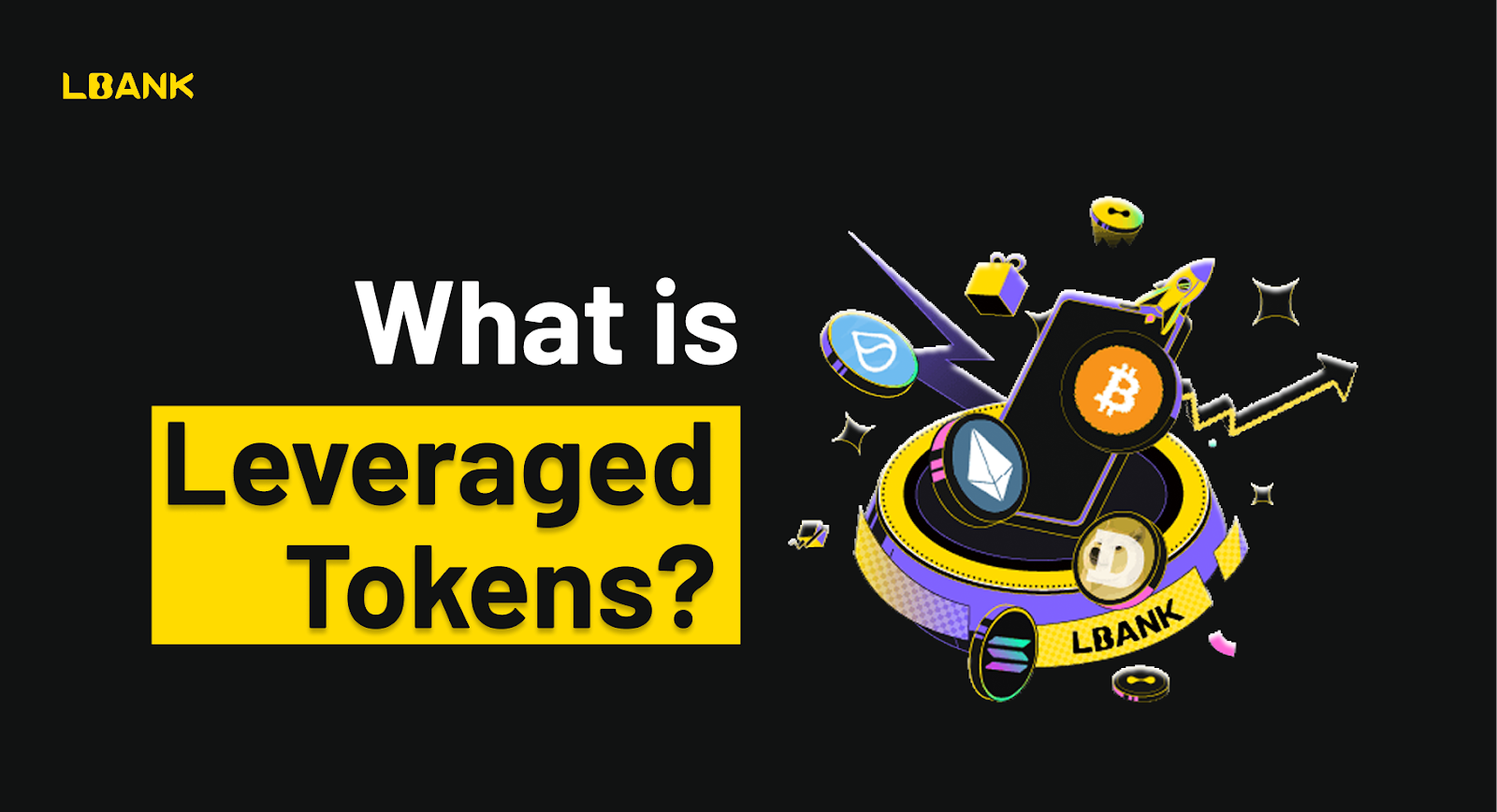
Leveraged Tokens are popular financial derivatives designed to track a fixed multiple (e.g., 3x or -3x) of the daily returns of an underlying asset (e.g., BTC). For instance, if BTC's price rises by 1%, a 3x leveraged token's net asset value (NAV) will increase by 3%, while a -3x leveraged token's NAV will decrease by 3%.
Product Features
-
Perpetual Nature: No expiration date, no risk of liquidation, and the price will not drop to zero.
-
Convenient Trading: Investors can buy or sell on the secondary market at any time without requiring margin, achieving leveraged trading effortlessly.
-
USDT-Denominated: Trading mechanism similar to spot trading, simple and intuitive.
-
Risk Control: The fund manager employs a rebalancing mechanism to ensure NAV losses remain within a controlled range.
💡 Leveraged Tokens represent shares in a fixed-leverage fund, professionally managed to track a fixed multiple of the underlying asset’s daily returns. If the asset’s price moves adversely beyond a set threshold, the fund manager triggers a rebalancing mechanism, adjusting positions to protect investor interests.
Fund Net Asset Value (NAV) and Fair Price
NAV Calculation
The NAV of leveraged tokens is calculated and published daily by the fund manager or an authorized entity, ensuring full transparency. Ideally, the NAV reflects the token’s fair trading price in the secondary market. However, market sentiment fluctuations may cause slight price deviations, leading to premiums. Investors should remain cautious of the risks associated with these deviations.
-
The NAV calculation is as follows:
-
Return Formulas:
⚠️ Only by purchasing tokens at the start of a cycle (tₖ₋₁) can investors ensure the return matches M times the underlying asset's return for that cycle. Buying at other times (v) within the cycle may result in returns deviating from the expected leverage multiple.
Scheduled Rebalancing Mechanism
The fixed-leverage fund is actively managed to ensure its return in each cycle aligns with M times the underlying asset's return. To achieve this, the fund manager adjusts positions at the start of each cycle based on the current NAV, S(tₖ), setting the risk exposure to M × S(tₖ) in equivalent USDT, ensuring a stable leverage multiple.
Unscheduled Rebalancing Mechanism
To protect investors from significant losses, the fund includes an unscheduled rebalancing mechanism. This is triggered when the underlying asset's adverse price movement within a single day meets or exceeds a preset threshold. The fund manager intervenes to adjust positions, resetting the risk exposure to M times the NAV at that moment, reducing positions to mitigate risk. This mechanism ensures the fund's NAV and token value do not drop to zero, limiting losses for investors who choose the wrong direction.
Risk Considerations
-
Price Deviation Risk: Trading prices in the secondary market may deviate from the NAV, and investors should carefully assess the risks of premiums.
-
Return Deviation: Buying tokens outside the cycle start may lead to returns deviating from the expected leverage multiple.
-
Market Volatility: Leveraged tokens amplify both gains and risks, making them suitable for investors with higher risk tolerance.
💡 For more information, please visit the LBank.
⚠️ In case of any discrepancies in translation, the English version shall prevail.